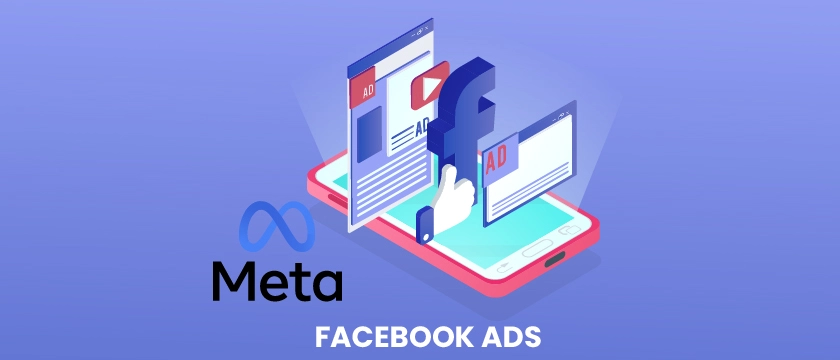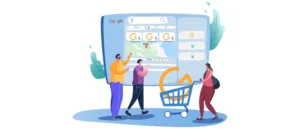Introduction
In the ever-evolving world of digital marketing, Meta Ads have emerged as a powerhouse, promising unparalleled reach and engagement. As we delve into 2024, businesses are navigating the dynamic landscape of advertising on Meta platforms, weighing the pros and cons to maximize their impact. This blog post explores the advantages and drawbacks of Meta Ads in the current digital era.
Pros
- Unrivaled Reach: Meta Ads, featured on platforms like Facebook, Instagram, and WhatsApp, provide access to an extensive user base. Considering the massive number of people actively using these platforms, businesses can access a wide-ranging audience, enhancing their brand visibility and potential customer reach.
- Advanced Targeting Options: One of the strengths of Meta Ads lies in its sophisticated targeting capabilities. Advertisers can fine-tune their campaigns based on demographics, interests, behaviors, and previous interactions. This precise targeting ensures that ads are shown to users more likely to be interested in the products or services being promoted.
- Diverse Ad Formats: Meta platforms offer a variety of ad formats, including static images and video ads, carousel ads, and immersive augmented reality experiences. The wide range of options enables advertisers to conduct experiments with various formats and select the ones that impact the target audience.
- Comprehensive Analytics: Meta’s advertising tools provide detailed analytics and insights, enabling businesses to measure the effectiveness of their campaigns. Advertisers can track metrics such as engagement, click-through rates, and conversion rates, allowing for data-driven adjustments to optimize future ad strategies.
Cons
- Rising Advertising Costs: As the popularity of Meta Ads continues to grow, so does the competition for ad space. This increased demand often results in higher advertising costs. Small businesses with tight funds might face challenges to compete with larger enterprises, impacting their ability to maintain cost-effective campaigns.
- Algorithm Changes and Organic Reach Decline: Meta platforms frequently update their algorithms, affecting the organic reach of content. Advertisers may find that their organic visibility decreases over time, necessitating a heavier reliance on paid advertising to maintain a consistent presence in users’ feeds.
- Privacy Concerns: Ongoing debates and discussions about user privacy on social media platforms raise user concerns. Consequently, some visitors may need more time to engage with or click on Meta Ads, affecting the overall effectiveness of advertising campaigns.
- Platform Dependency: Relying solely on Meta Ads for digital marketing may pose a risk due to platform dependency. Changes in policies, algorithms, or the emergence of new platforms could impact the effectiveness of campaigns, emphasizing the importance of diversifying marketing efforts across multiple channels.
Conclusion
In the rapidly evolving digital advertising landscape of 2024, Meta Ads present opportunities and challenges for businesses. While the unparalleled reach, advanced targeting options, and diverse ad formats offer immense potential, rising costs, algorithm changes, privacy concerns, and platform dependency highlight the importance of a strategic and diversified approach to digital marketing. Businesses should thoroughly evaluate these pros and cons to create effective and sustainable Meta Ad campaigns that align with their goals and values.
To learn more or to acquire our services, please contact us at info@paypercampaign.com





